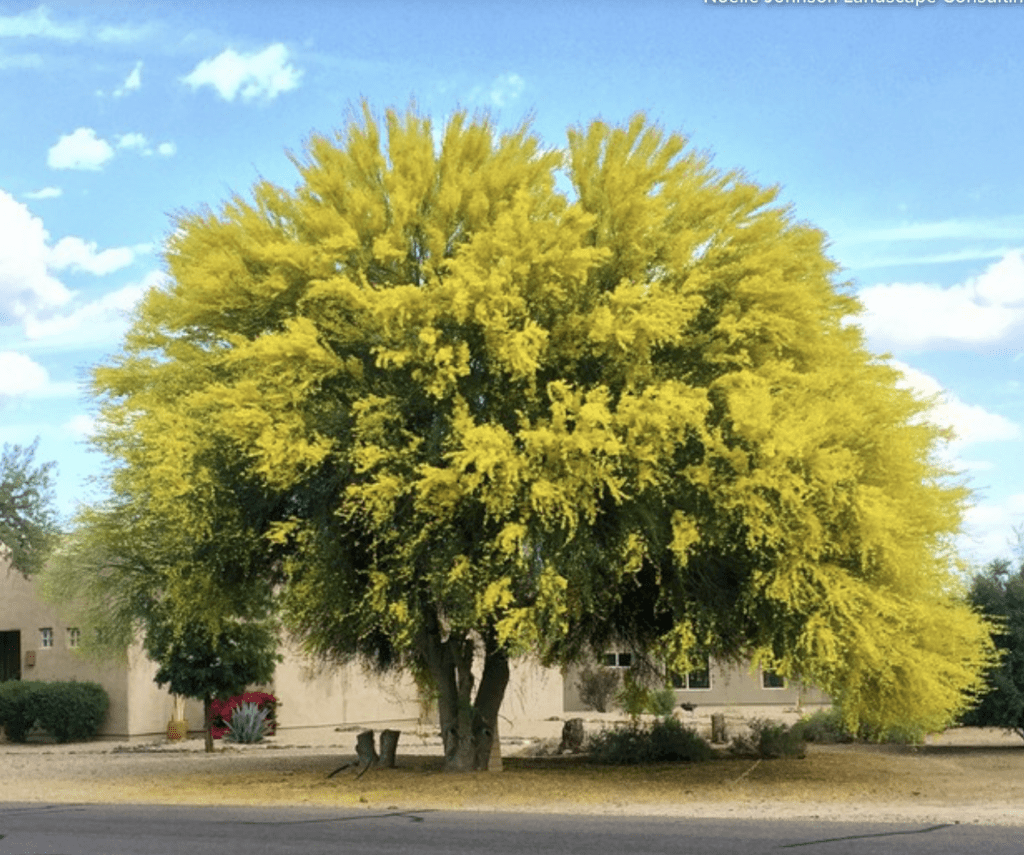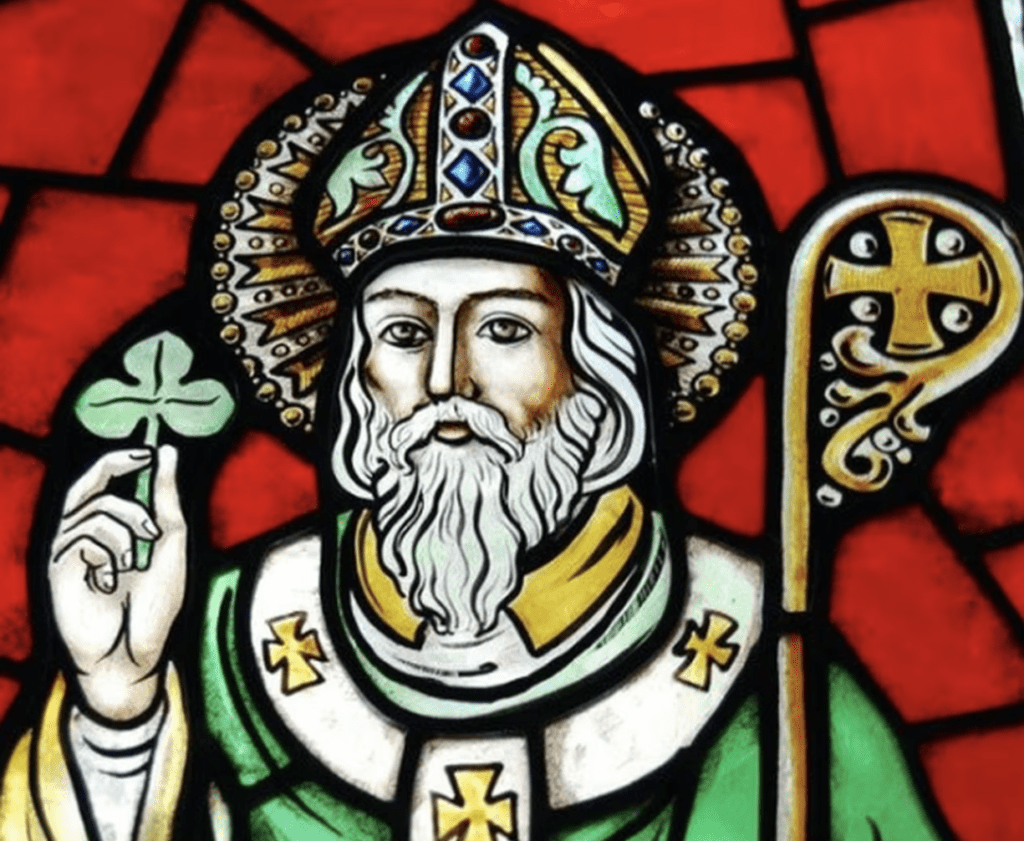Daniel Salzler No. 1245 EnviroInsight.org Four Items March 15, 2024
—————Feel Free To Pass This Along To Others——————
If your watershed is doing something you would like others to know about, or you know
of something others can benefit from, let me know and I will place it in this Information .
If you want to be removed from the distribution list, please let me know.
Please note that all meetings listed are open.
Enhance your viewing by downloading the pdf file to view photos, etc.
The attached is all about improving life in the watershed through knowledge.
If you want to be removed from the distribution list,
please let me know. Please note that all meetings listed are open.
Check our website at EnviroInsight.org
1.Sustainable Use Of Water In Your Landscape. Your journey to

creating or maintaining a water-wise landscape is now even easier thanks to the resources provided by the city of Phoenix Water Services Department. Phoenix Water recently collaborated with design experts from Arizona State University to produce free, easy-to-use desert landscape, or xeriscape, design guides that anyone can download.

The Desert Landscapes in Your Front Yard guides were created to offer ideas for three typical front yard sizes. Each inspirational design guide provides fun facts, helpful tips, desert plant selections, and even plant substitute ideas. https://wateruseitwisely.com/blog/desert-landscape-design-ideas-now-available-from-phoenix/
2. Trees Grown In Cities. Tree planting in urban areas can bring jobs, boost public health, improve access to nature.
One of the most heroic—if unheralded and underappreciated—elements of the Biden administration’s Inflation Reduction Act is its investment in urban tree planting. In total, $1.5 billion will pay for new trees in more than 350 cities and tribal communities.
Homer Wilkes, the Department of Agriculture’s undersecretary for natural resources and the environment, is the man spearheading that initiative. It is a big deal; Wilkes is eager to impart this to every mayor he meets. Trees are not just a nice-to-have in our communities. No, trees are a need-to-have.
Urban trees are valuable for so many reasons. They reduce surface temperatures in this era of increasing heat waves. They cleanse the air and help protect against flooding during storms. Like access to nature across the board, they also improve residents’ mental and physical health. There’s even a correlation with public safety: Neighborhoods with more street trees have lower crime rates.

The federal investment in urban forestry comes
as refreshing news to Sierra Club chapters across the country that have advocated for expanding green spaces and environmental justice for decades. And expanding our urban tree cover is truly an issue of environmental justice.
A Public Library of Science study found that blocks in low-income urban areas were, on average, 2.7°F hotter than high-income blocks. That was due in part to there being 15.2 percent less tree cover.
Part of the administration’s investment includes having the Forest Service provide up to $250 million to help states and territories make access to trees more equitable. It is part of the Biden administration’s Justice40 Initiative. The “40” in Justice40 refers to the goal of ensuring 40 percent of the benefits of certain government investments reach communities that are disadvantaged or nature deprived.
Getting more green into our cities is important for so many reasons: Reducing heat stress and advancing equity. Improving physical, mental, and emotional health. Creating local jobs for the planting and maintenance of trees, and the building and upkeep of parks. And giving our kids safe places to play and enjoy the outdoors—which, as a parent, is immensely important to me and so many people reading this.

These benefits are undeniable. That is why increasing access to trees and clean natural spaces for people everywhere is something we all agree on. Americans from every geographical, cultural, and political pocket of the country are in favor of expanding trees and parks. We know in our souls and in our bodies that spending time in natural spaces is good for us. The ongoing bipartisan efforts in Congress to plant and maintain more trees and create and expand green spaces in cities are a testament to this.
So, as we consider the trees we want to grow in every urban area across Arizona and beyond, let us pluck the low-hanging fruit. Planting more city trees is an environmental goal that is, truly, shovel-ready. Source: Sierra Magazine
3. Lake Mead’s Water Levels Rose Again In February, highest in 3 years. Will it last? Lake Mead’s water levels stayed high again last month amid a historic water shortage, rising again and passing January’s mark to become the highest point in nearly three years.
According to measurements taken at the end of February by the Bureau of Reclamation, Lake Mead’s water levels were reported to be 1,076.52 feet, higher than levels taken at the end of January, when they were measured at 1,072.67 feet.
Prior to this year, the most recent highest level was recorded in April 2021, when it was measured at 1079.30 feet.
The lake’s water levels remained high in the month following the heavy winds, rain and snow that moved through California in January from an atmospheric river weather event, also known as a “Pineapple Express.”
Earlier this month, a blizzard pounded Eastern California and the mountains along the Nevada border in a powerful storm that dumped heavy snow and brought howling winds with gusts that hit 190 mph.
Although water levels remain high for now, experts previously told Newsweek that it would depend on future storms to fill the reservoirs in Lake Mead and Lake Powell in Utah and Arizona.
The recent water levels may be the peak for Lake Mead for the foreseeable future, according to a 24-month operation plan from the Bureau of Reclamations, which estimates levels wills steadily drop over the remainder of 2024, ending 17 feet lower by December.

In 2025, the projection estimates that water levels may be at its lowest since the 1930s, when the lake was filled.
Lake Mead’s water levels rose slowly throughout 2023, although the measurements were lower than in the previous two years. Water level measurements began at 1,046.97 feet in January and ended at 1,068.18 feet in December.
The lake has experienced record lows in water levels in recent years, with the first water shortage announced in 2021 after years of chronic overuse and drought.
Despite the recent higher water levels, Lake Mead’s launch ramp remains closed due to climate change and the 20-year ongoing drought that has “reshaped the park’s shorelines,” according to the National Park Service, which operates a recreation area on the lake.c Source: USA Today March 11, 2024
4. St Patrick’s Day – History and Traditions. St. Patrick’s Day is celebrated annually on March 17, the anniversary of his death in the fifth century. St. Patrick’s Day 2024 will take place on Sunday, March 17. The Irish have observed this day as a religious holiday for over 1,000 years. On St. Patrick’s Day, which falls during the Christian season of Lent, Irish families would traditionally attend church in the morning and celebrate in the afternoon. Lenten prohibitions

against the consumption of meat were waived and people would dance, drink and feast on the traditional meal of Irish bacon and cabbage.
Saint Patrick, who lived during the fifth century, is the patron saint of Ireland and its national apostle. Born in Roman Britain, he was kidnapped and brought to Ireland as a slave at 16. He later escaped, but returned to Ireland and was credited with bringing Christianity to its people. In the centuries following Patrick’s death (believed to have been on March 17, 461), the mythologysurrounding his life became ever more ingrained in the Irish culture: Perhaps the most well-known legend of St. Patrick is that he explained the Holy Trinity (Father, Son and Holy Spirit) using the three leaves of a native Irish clover, the shamrock.
Since around the ninth or 10th century, people in Ireland have been observing the Roman Catholic feast day of St. Patrick on March 17. The first St. Patrick’s Day parade took place not in Ireland but in America. Records show that a St. Patrick’s Day parade was held on March 17, 1601 in a Spanish colony in what is now St. Augustine, Florida. The parade, and a St. Patrick’s Day celebration a year earlier were organized by the Spanish Colony’s Irish vicar Ricardo Artur.
More than a century later, homesick Irish soldiers serving in the English military marched in New York City on March 17, 1772 to honor the Irish patron saint. Enthusiasm for the St. Patrick’s Day parades in New York City, Boston and other early American cities only grew from there.
St Patrick’s Day Myths
- St. Patrick was Irish. Actually, St. Patrick was born in Scotland or Wales
- St Patrick was British. During his lifetime, the British Isles were occupied by the Romans
- St Patrick brought Christianity to Ireland. In 431, before
- Patrick began preaching in Ireland, Pope Celestine sent a bishop known as Palladius ‘to the Irish believing in Christ”
- St Patcrik banished snakes from the Emerald Island. Legend has it that Patrick stood on an Irish hillside and delivered a sermon that drove the island’s serpents into the sea. While it’s true that the Emerald Isle is mercifully snake-free, chances are that’s been the case throughout human history.
- Green has historically been associated with St. Patrick’s Day. The Irish countryside may be many shades of green, but knights in the Order of St. Patrick wore a color known as St. Patrick’s blue. Why did green become so emblematic of St. Patrick that people began drinking green beer, wearing green and, of course, dyeing the Chicago River green to mark the holiday he inspired? The association probably dates back to the 18th century, when supporters of Irish independence used the color to represent their cause.
7. Popular St. Patrick’s Day festivities have their nroots in Ireland. Until the 1700s, St. Patrick’s Day was a Roman Catholic feast only observed in Ireland—and without the raucous revelry of today’s celebrations. Instead, the faithful spent the relatively somber occasion in quiet prayer at church or at home. That started to change when Irish immigrants living in the United States began organizing parades and other events on March 17 as a show of pride.
Over the next 35 years, Irish patriotism among American immigrants flourished, prompting the rise of so-called “Irish Aid” societies like the Friendly Sons of Saint Patrick and the Hibernian Society. Each group would hold annual parades featuring bagpipes (which actually first became popular in the Scottish and British armies) and drums.In 1848, several New York Irish Aid societies decided to unite their parades to form one official New York City St. Patrick’s Day Parade. Today, that parade is the world‘s oldest civilian parade and the largest in the United States
Copyright: EnviroInsight.org 2024
